Peru has been listed as one of the best culinary destinations in recent years and the gastronomy of Puno reaffirms that designation. Puno cuisine is characterized by its preparation in a wood-burning oven and clay pots, giving us a closer connection to Mother Earth.
The legend tells that Manco Capac and Mama Ocllo used the local consumables that nature kindly offered them, such as quinoa, tubers, chuño (freeze-dried potatoes), herbs and grains. Traditions were maintained and are the pillar for the Puno gastronomy that we know today. Although it has been influenced and refined with various techniques, it still maintains that culinary art typical of the highlands.
Quinoa Pesque (Quinoa and Cheese Porridge)
Pesque is a Puno dish whose main ingredient is quinoa, as its name says. In the villages of the Puno region, this porridge is prepared for breakfast and served with fresh milk and cheese. It is very delicate, easy to digest and comforting for those who consume it constantly. According to the housewives, to prepare it you need ingredients such as quinoa, cheese, water, salt, butter, and fresh milk.
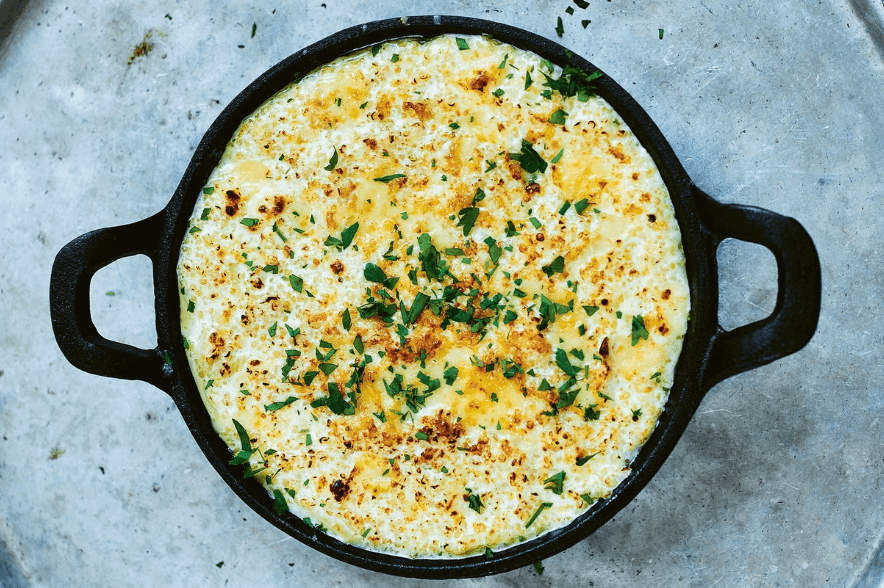
El Chairo
This Puno soup is quite rich and loaded with nutrients and is one of the most requested by the locals after each work day due to its high nutrient content. This broth has lamb, chalona (dried lamb meat), black chuño, potatoes, carrot, celery, lima beans, garlic, onion, salt, and oregano.
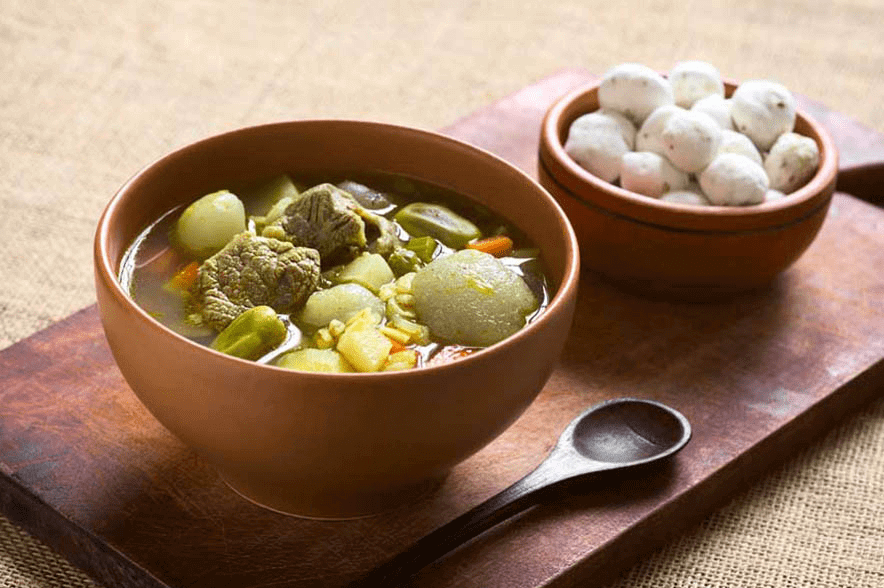
Quinoa Chupe
This is a very nutritious dish and, as the name implies, it is prepared with quinoa. The meat is cooked together with quinoa in a pot with water and salt. Vegetables are added as it is cooked.
The seasoning consists of onion, butter and garlic and it can be prepared while the rest is being cooked. Finally, parsley is added to each dish.
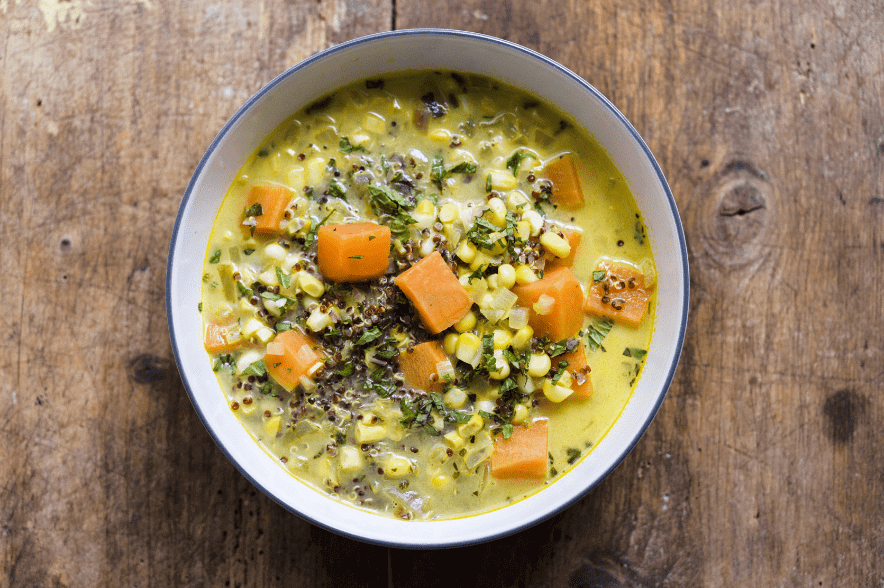
Fried trout
This fish is obtained from Lake Titicaca and contains proteins, vitamins, and minerals. It has a very similar to salmon, which causes confusion and tourists often choose to call this fish Peruvian salmon.
Trout is a very nutritious food since it contains potassium, phosphorus, zinc, magnesium, and iron. It is fried and served with boiled potatoes, corn and chuño or served with French fries and rice, and often accompanied by a Creole salad as is customary in Peruvian dishes.
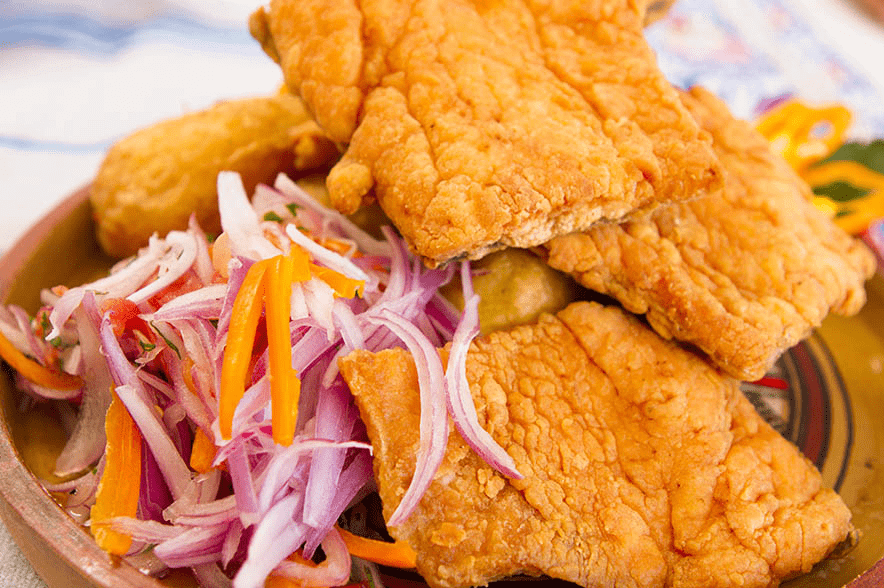
Deep fried alpaca
Alpaca meat is considered one of the most nutritious foods in Peru, containing 22% protein, 56 mg cholesterol and 3% fat per 100 grams of meat.
Its preparation consists of cooking the meat until all the water is consumed, then it is fried with the same fat that remains. It is served with chuño, potatoes and toasted corn.
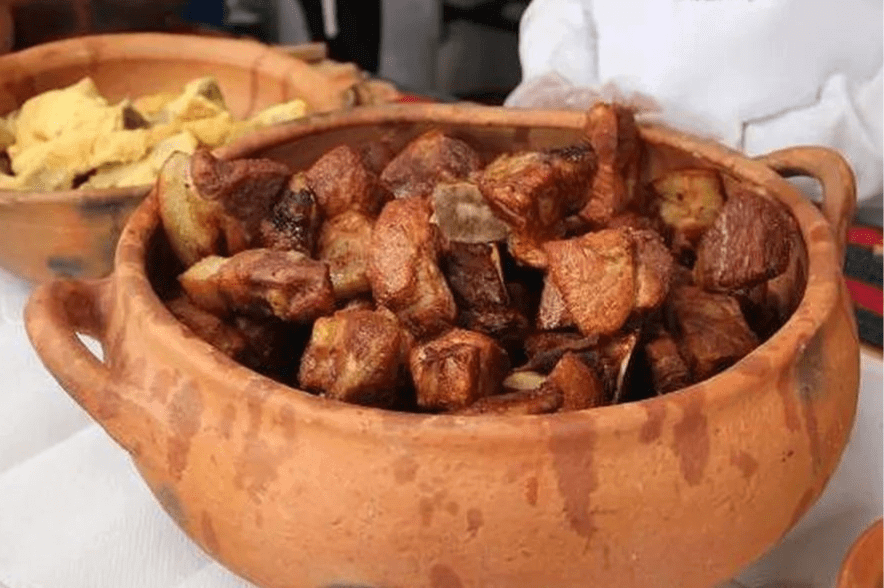
Puno Sancochado
This stew typical of Puno, also known as Sajjta, is a dish made with hen or chicken, potatoes, carrot, onion, and peas, all mixed with yellow panca hot pepper along with cheese, peanuts and huacatay cookies. An ideal meal to recover energy.
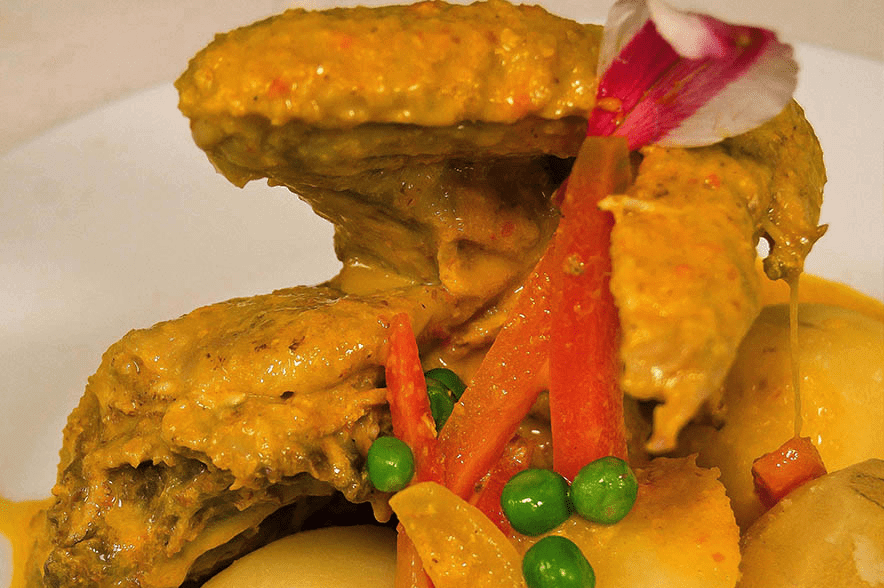
Cancacho
Cancacho is a delicious dish made from lamb. A day before roasting, this meat should be macerated with vinegar, lemon, chili, garlic, and cumin (perhaps more ingredients, but it varies by region). Its ideal side dish is baked potatoes, white chuño, cheese and chili.
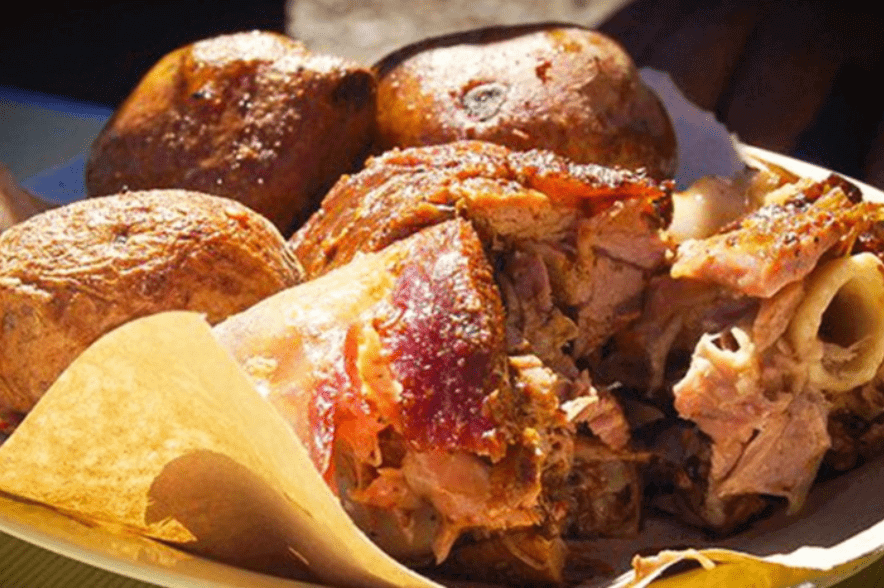
Huarjata
Huarjata is the name given to the famous head broth, which can be pork or lamb head, cut into small pieces for better cooking. The piece of meat is usually served separately from the broth, in the style of the Lima sancochado or stew. A serving of rice is also highly recommended.
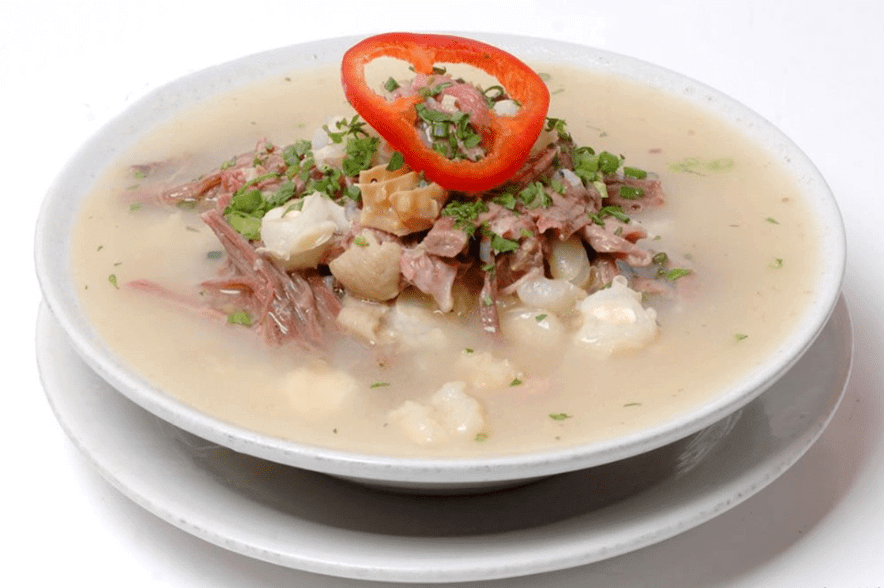
Queso Cauche
Queso cauche is a typical dish of Puno, but it may not be as well-known as the rest. However, we mention that it is prepared based on cheese, onion, yellow potato, oil, beans, peppers and huacatay.
Its preparation begins by heating oil in a pan, then sauté the onions, add the chili, grated cheese, beans and potatoes, and simmer for a few minutes to give the cheese the consistency that characterizes this recipe.
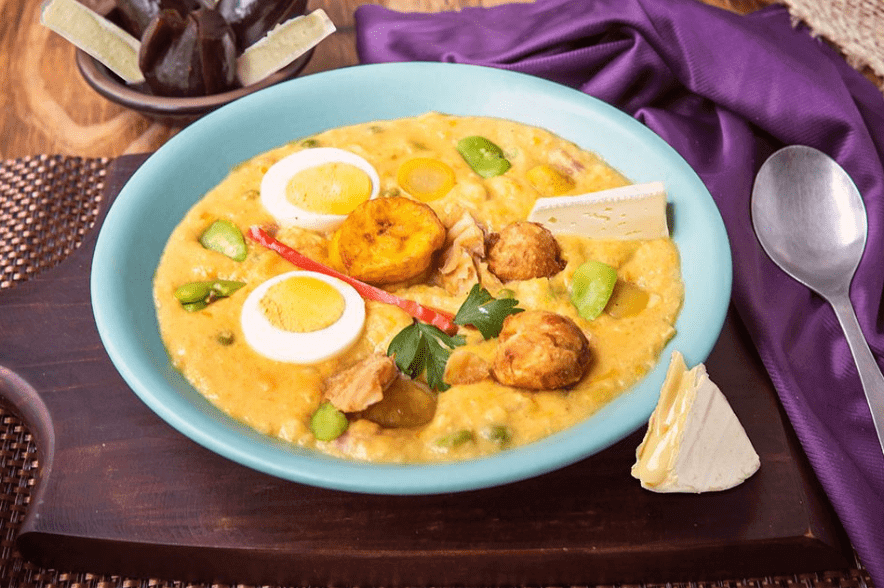
Pachamanca or Huatía
Pachamanca, also known as Huatía, is one of Peru’s best-known dishes. It is especially prepared during the time of potato harvest in the mountains, which is seasonal and usually from May to August. Usually, pachamancas are prepared outdoors and usually during family outings.
It is prepared in a clay oven by first digging a hole on the ground and then laying stones heated to high temperature with a wood fire. Then you add potato, ollucos, corn, yucca, oca, and if you like, cheese or fish wrapped in thick paper.
Finally, the oven is buried to cook the food.
We have presented 10 typical dishes of Puno, but there are many more and you must have a chance to discover them. Do you want to visit the city? Then there is no better way to get there than on a train that has all the possible amenities, find your tickets for the PeruRail Titicaca by clicking this link.